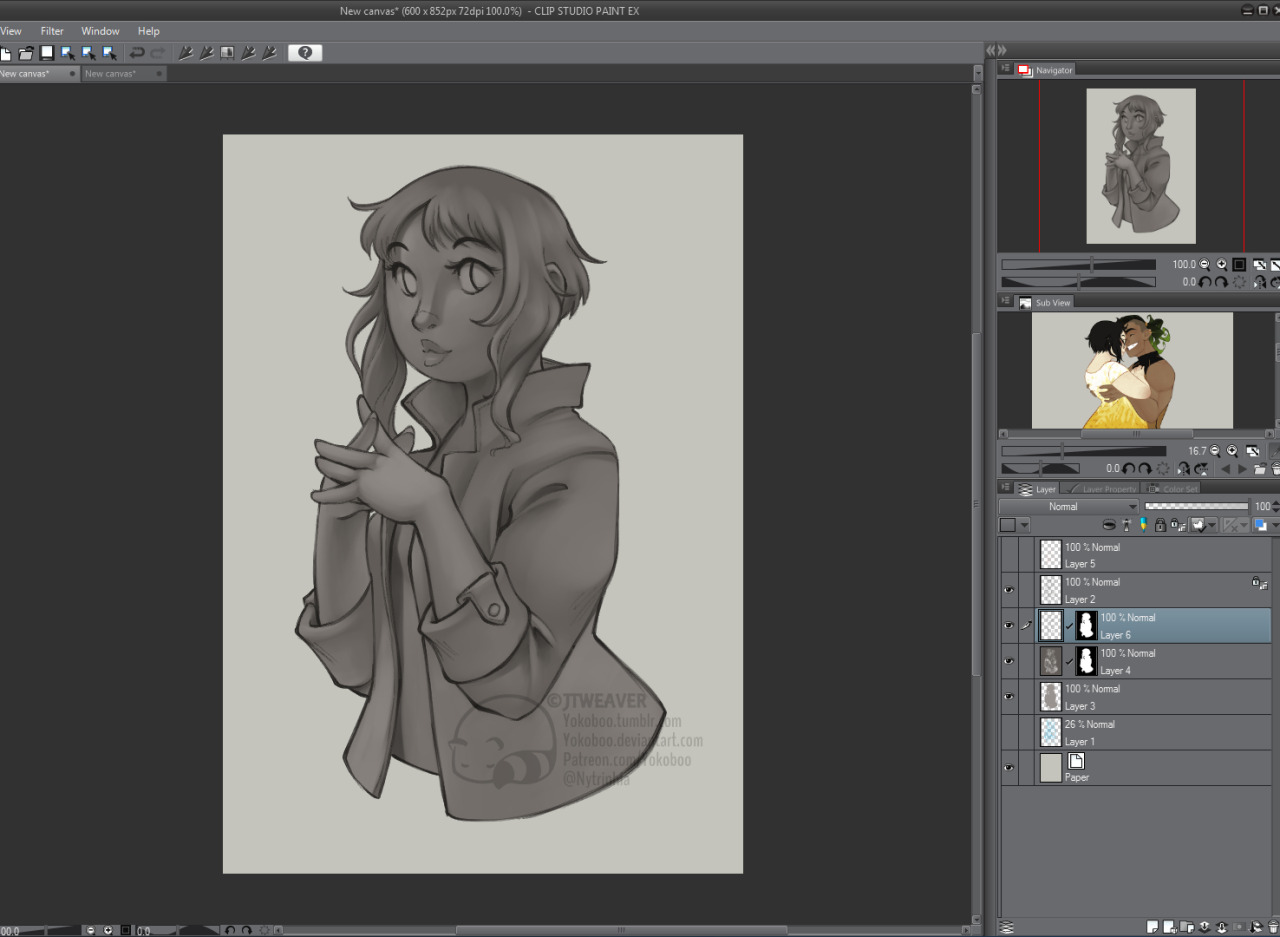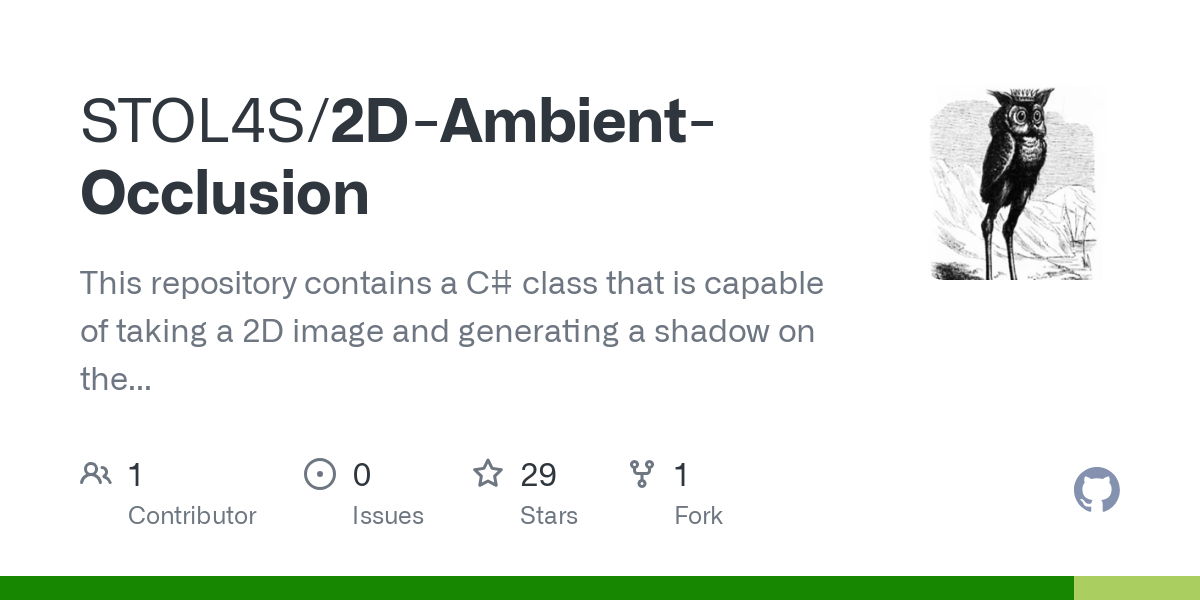Ambient Occlusion 2D is a concept that might sound a bit tricky at first, but don’t worry, I’ll break it down for ya. Now, you won’t be able to get the same kind of ambient occlusion as in 3D if you’re just working with the post-processing package meant for 3D stuff, no sir. But hold on, there’s a way to get something similar in 2D, and it’s pretty nifty if you ask me!
So, let me start by telling ya what ambient occlusion is all about. It’s a little effect that makes shadows in places where things meet or overlap, like between cracks and creases, where light don’t reach as much. This effect ain’t just for fancy 3D graphics; it can be applied to 2D images too, adding a touch of depth and realism. It’s just a way of making things look less flat, more lifelike, like the way a shadow falls under a chair or behind a tree when the sun hits it just right.

Now, if you’re using 2D graphics and want to give ‘em a bit of depth, you might wanna try out something like Luma Based Ambient Occlusion 2, also known as SSAO 2D. This is a nifty tool that uses the brightness of pixels on your screen to figure out where shadows should be placed, especially where colors change in your images. Think about those places where one color meets another, like the edge of a table or where the grass meets the dirt. The darker parts of these areas get a shadow, and it makes the whole thing look more real, like you could almost reach out and touch it.
How does it work? Well, this effect takes the luminance, or brightness, of the screen and uses it to create self-shadowing in areas where colors are different. For example, when you’ve got a bright object next to a dark one, the bright one will cast a shadow onto the dark one, even though they’re both in the same 2D space. It ain’t real shadowing like in 3D, but it works just fine for making your scene pop and feel more natural.
If you’re workin’ with Unity, there are some handy tools available on the Unity Asset Store that can help with this, like the Luma Based Ambient Occlusion 2D asset from Kronnect. It’s perfect for adding that extra bit of flair to your 2D projects, and it’s a lot easier than tryin’ to fiddle with complex 3D tools. Trust me, if you’re new to this stuff, these kinds of assets can really save you time and hassle!
Why is it useful? Well, in the world of 2D games and art, everything can look a bit flat sometimes. With this ambient occlusion trick, you can make your scenes feel more dynamic. It’s like painting shadows under a tree, around the edges of a box, or between the folds of a piece of cloth. Those little touches can turn a plain picture into something that feels alive, and it don’t take much extra work to do.
So, let’s say you’re makin’ a 2D game or just some artwork, and you want to add a bit more depth. Ambient occlusion can do wonders for you. It’s a simple way to create a sense of light and shadow, even in a 2D world. You don’t need to have fancy 3D models or lighting setups to get a professional look. Just use that screen brightness and let the shadows do the work for ya!
In short, ambient occlusion 2D is a neat little trick to make your graphics stand out. It gives your pictures more depth, makes the lighting look better, and helps your viewer see things a bit clearer. Sure, it ain’t as complex as the 3D version, but it’s perfect for giving that extra touch to a 2D scene.

Tags:[Ambient Occlusion 2D, SSAO, Unity, 2D Graphics, Post-processing, Depth, Shadowing, Luminance, Kronnect, Screen Effects]